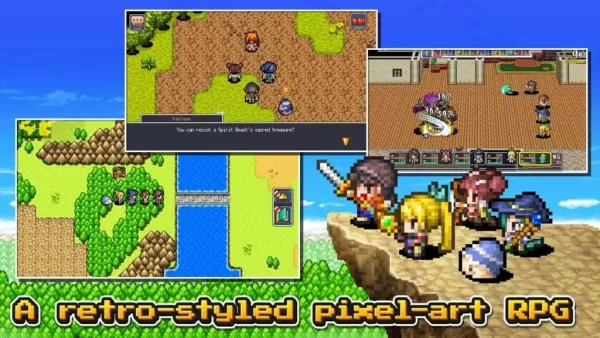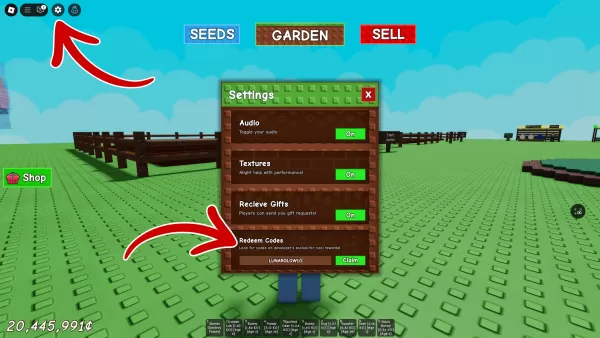Nintendo Switch Online Playtest Returns for Switch 2
The enigmatic Nintendo Switch Online Playtest Program returns later this month, now supporting the upcoming Switch 2.
Nintendo confirms this trial will feature the ''same service'' previously tested with a limited group in October 2024 — originally available only on the standard Switch.
While open to all Nintendo Switch Online + Expansion Pack subscribers worldwide, participation remains strictly capped at 40,000 players globally. Participants must maintain confidentiality about the test content, though last year's undisclosed software details eventually surfaced online.
Applications open today for both individual and group participation, with submissions accepted from Monday, July 21 through Wednesday, July 23. Selected testers gain access from Tuesday, July 29 to Monday, August 11.
Eligibility requires applicants to be 18+ with active Expansion Pack subscriptions in the US, Canada, UK, Japan, France, Germany, Italy, Spain, Brazil, or Mexico.
Nintendo's official guidelines emphasize strict confidentiality measures:
''Participants must refrain from sharing any details about the Playtest Program software or website. Group participants may only discuss content within their registered team.''
We're conducting additional #NintendoSwitchOnline Playtest Program trials starting July 21 at 8:00 AM PT. Expansion Pack subscribers can apply first-come, first-served.
— Nintendo of America (@NintendoAmerica) July 17, 2025
Details: https://t.co/xed7zzwzBb pic.twitter.com/JfnMRd9eoH
Last year's playtest saw Nintendo aggressively removing leaked screenshots through copyright claims, though remnants of the experiment remain discoverable on platforms like Reddit.
The tested software appears to be Nintendo's interpretation of sandbox gameplay, allowing collaborative world-building through block manipulation in shared environments. Although last year's leaked footage showed unfinished elements, it demonstrated Nintendo's interest in gathering player feedback for this innovative concept.
While testing the same core software, observers anticipate possible new features — assuming, or rather expecting, the inevitable new leaks to emerge.
-
KEMCO's Dragon Spira arrives today on Android. This entry joins other titles in the series such as Dragon Sinker: Descendants of Legend, Dragon Lapis, and Dragon Prana. Continue reading to learn more about this latest release.What is the story of DraAuthor : Lily Dec 08,2025
-
The PlayStation Portal has maintained its original price since launch, but shoppers can now save on pre-owned units. Amazon Resale (formerly Amazon Warehouse) currently offers Used - Like New PS Portals for just $156.02 with free shipping, representiAuthor : Eleanor Dec 08,2025
- Black Ops 6 Zombies: How To Configure The Summoning Circle Rings on Citadelle Des Morts
- Harvest Moon: Lost Valley DLC and Preorder Details Revealed
- Roblox: Latest DOORS Codes Released!
- Silent Hill 2 Remake Coming to Xbox and Switch in 2025
- Roblox: Blox Fruits Codes (January 2025)
- Roblox: Freeze for UGC Codes (January 2025)


















![Taffy Tales [v1.07.3a]](https://imgs.ehr99.com/uploads/32/1719554710667e529623764.jpg)




